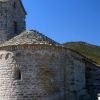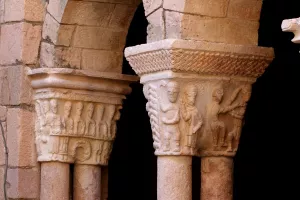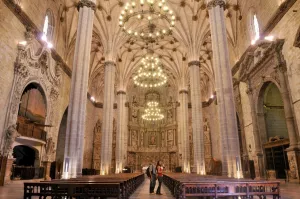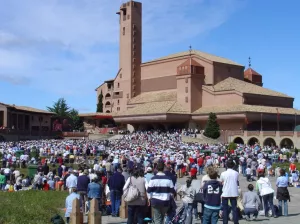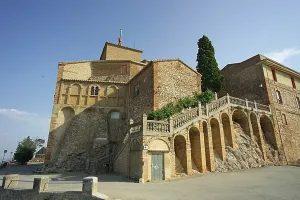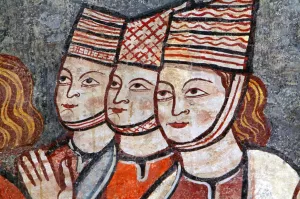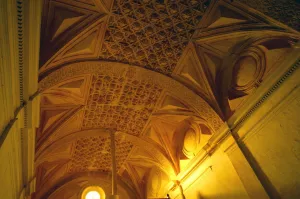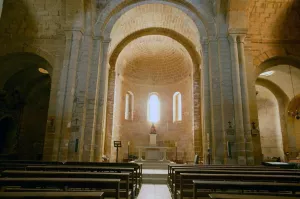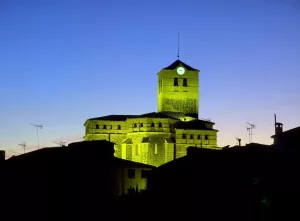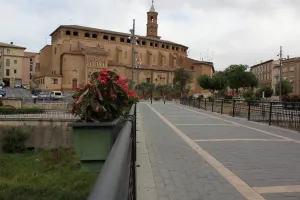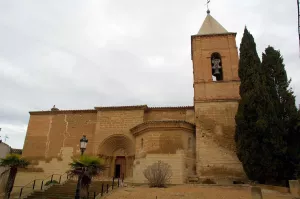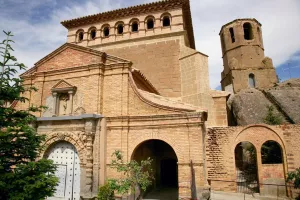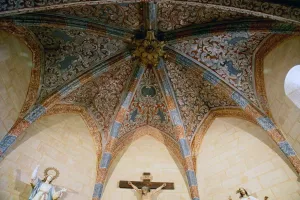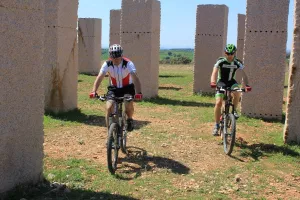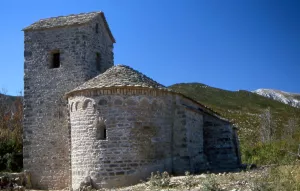A pretty path leaves from the Honguera neighbourhood of Rodellar and passes through the abandoned village of Cheto at 801 metres altitude before descending down to the banks of the Mascún canyon. The path takes in a number of unusual and dramatic rock formations known locally as; Delfín, Cuca Bellostas, Ciudadela, Agujas, Caos, Beso and Los Oscuros. It also passes the Losa Mora dolmen and climbs up to Nasarre at 1199 metres above sea level.
The village, abandoned since the 1950s, is surrounded by barren land that was once cultivated. It once had a blacksmiths and a magnificent well with a vaulted chamber which was accessed by an underground staircase. The San Andrés chapel is set apart from the rest of the village.
All that remains of the original 11th century Romanesque construction is the cylindrical apse, with a deep, arched window, all made with rough ashlars. The exterior is decorated with a blind arcade with 11 small arches that rest on cantilevers. Those situated at the far ends are lower than the others. The gaps between the arches are filled by monolithic tympanums.
Above these and joining two pillars made of ashlars there is a frieze with a total of 43 vertical mouldings placed closed together that encircles the apse. They have a unique character that go towards differentiating this church from other Larredense Romanesque constructions; they are short and a good number of them are decorated on their open edge with oblique bands carved to resemble rope.
In the 17th century the church was renovated and the current nave, tower, vestry and doorway date back to this restoration. Inside the church, on the lintel above the entrance door to the vestry are the remains of a painted sign whose inscription relates to the renovations: "SI(ENDO) / RE(TOR EL) / REB (ERENDO) / MOPS (ENPE) / DRO (AGU)/ ILAR / 1628".



